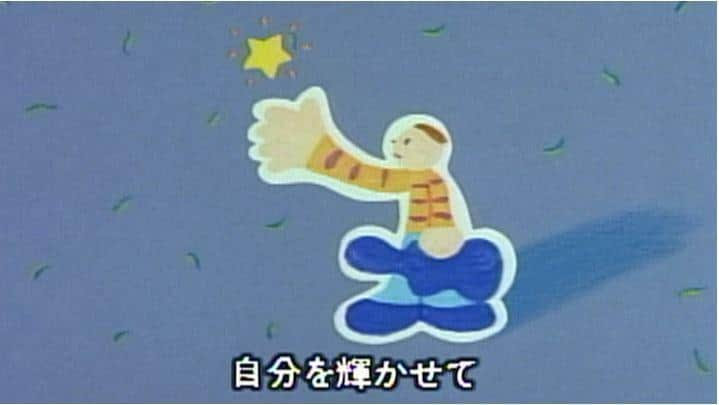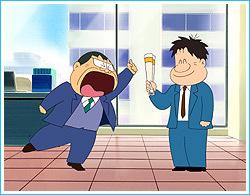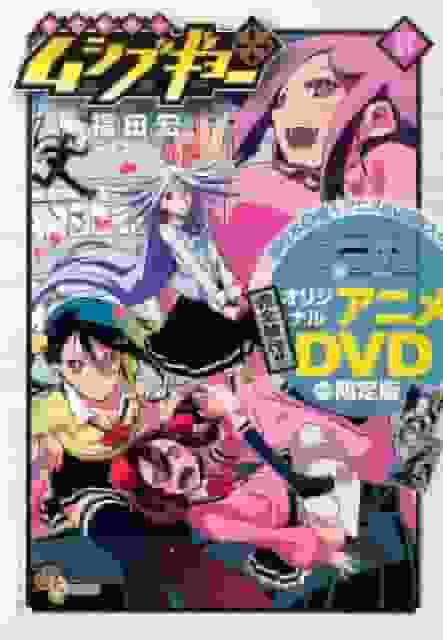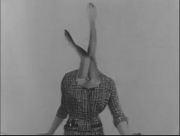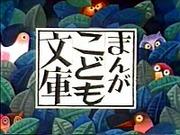The Man Who Wasn't Eaten by a Bear - An Amazing Survival Story and Its Reviews

"The Man Who Wasn't Eaten by a Bear": A masterpiece of postwar Japanese animationReleased in September 1948, "The Man Who Was Not Eaten by a Bear" is a Japanese animated film made shortly after the war and is highly regarded for its historical and artistic value. This work is also noteworthy for being an animated film released in theaters and based on an original anime work. The story, told in a short 10-minute run, is an exquisite blend of tension and humor, fully demonstrating the talent of director Nobuo Ofuji. ■ Public Mediatheater ■ Original MediaAnime Original ■ Release dateSeptember 1948 ■Frequencies10 min ■ Number of EpisodesEpisode 1 ■ DirectorNoburo Ohto ■ ProductionSanko Film Company ■ StoryStory DetailsThe story of "The Man Who Wasn't Eaten by a Bear" is about two travelers who suddenly encounter a bear in the mountains and are saved by using their wits. This simple plot symbolizes the difficulties and hopes of postwar Japanese society. The two travelers are faced with the natural threat of bears, but are shown overcoming it with wisdom and courage. This story was received as a message to help Japanese people overcome the difficulties they faced at the time. Source: History of Japanese Animation Films, p. 237 ■ Main staffDetails of main staffMusic: Shinko Orchestra, Yoichi Sonobe The music by Shinko Orchestra and Yoichi Sonobe is an important element in enhancing the tension and humor of this work. The music in the scene where he confronts the bear leaves a strong impression on the audience. Yoichi Sonobe's music is also an example of the importance of music in postwar Japanese animation films. Historical background of "The Man Who Wasn't Eaten by Bears"The year 1948, when "The Man Who Wouldn't Be Eaten by a Bear" was released, was only three years after the end of World War II. Japan was still recovering from the scars of the war and was facing many difficulties, including food and material shortages and economic turmoil. Made under these circumstances, "The Man Who Wouldn't Be Eaten by a Bear" conveys a message of overcoming difficulties with wisdom and courage through the existence of bears, which symbolize the difficulties faced by postwar Japanese society. This work is also noteworthy as an animated film. In postwar Japan, the production of animated films was not yet commonplace and was fraught with technical difficulties. However, director Ofuji Nobuo produced an excellent work despite these circumstances, and left a significant mark on the history of postwar Japanese animation films. Artistic Value of "The Man Who Wasn't Eaten by Bears"The artistry of "The Man Who Wasn't Eaten by Bears" can be seen in its storytelling and visual expression. In just 10 minutes, the storytelling, which exquisitely blends tension and humor, has the power to draw the audience in. In addition, the visual expression, with its realistic depiction of bears and the beauty of nature, shows the technical standard of postwar Japanese animation films. In particular, in the confrontation scene with the bear, the camerawork and color usage are skillfully used to heighten the sense of tension. The expressions and movements of the two travelers are also depicted in detail, creating an emotional connection with the audience. These artistic expressions are the culmination of the talent of Director Ofuji Nobuo and the technical capabilities of Sanko Eigasha. Music from "The Man Who Wasn't Eaten by Bears"The music for "The Man Who Wasn't Eaten by Bears" was composed by the Shinko Orchestra and Yoichi Sonobe. The Shinko Orchestra was an orchestra that was active in postwar Japan, and their music was used in many films and animations. Yoichi Sonobe was a figure who demonstrated the importance of music in postwar Japanese animation films, and his music was loved by many audiences. In particular, the music in the scene where the two travelers confront the bear has the effect of heightening the tension. The tense melody of the strings and the rhythm of the percussion make a strong impression on the audience. Furthermore, the music in the scene where the two travelers overcome the bear exudes humor and hope, and moves the audience. These pieces of music are important elements that enhance the artistic quality of "The Man Who Wasn't Eaten by Bears." The evaluation and influence of "The Man Who Wasn't Eaten by Bears""The Man Who Wasn't Eaten by a Bear" is highly regarded as a postwar Japanese animation film. Its historical value and artistic merit are recognized by many researchers and film fans, and it has had a major impact on the history of postwar Japanese animation films. This work was also seen as a message to overcome the difficulties faced by postwar Japanese society, and it touched many audiences. In particular, this work can be said to be an example that shows the technical level of Japanese postwar animation films. In just 10 minutes, the storytelling that exquisitely blends tension and humor, the realistic depiction of the bear, and the visual expression of the beauty of nature show the technical capabilities of Japanese animation films at the time. In addition, the music by the Shinko Orchestra and Yoichi Sonobe is an example that shows the importance of music in Japanese postwar animation films. Recommendation for "The Man Who Wasn't Eaten by Bears""The Man Who Wasn't Eaten by a Bear" is highly regarded for its historical and artistic value as a postwar Japanese animated film. In just 10 minutes, it has many appealing features, including storytelling that exquisitely blends tension and humor, realistic portrayals of bears and visual expressions that depict the beauty of nature, and music by Shinko Orchestra and Yoichi Sonobe. This work was seen as a message to overcome the difficulties faced by postwar Japanese society, and touched many audiences. It also had a major impact on the history of postwar Japanese animation films, and is an important work for researchers and film fans alike. Please watch this work and appreciate its historical value and artistic merit. After watching "The Man Who Wasn't Eaten by Bears," we recommend watching other postwar Japanese animation films. For example, there are many fascinating works, such as other works by director Nobuo Ofuji and other works produced by Sanko Eigasha. Through these works, you will gain a deeper understanding of the history and artistry of postwar Japanese animation films. |
<<: The appeal and reviews of "Traffic Training": A must-see for anime fans?
Recommend
Netflix's adaptation of the animation "Junji Ito Maniac" released advance pictures and voice actors and will be launched in 2023
Netflix and Junji Ito's animated adaptation &...
"City Hunter" voice actor Akira Kamiya shared his joy after buying the original air pistol
Akira Kamiya, the voice actor of the animated ver...
Release date is coming soon! Spider-Man: Far From Home special collaboration Golden Strike video released
Sony Pictures' beloved son Spider-Man will be...
"Mayoiga" review: A touching and terrifying story lurking in a mysterious house
Mayoiga: Welcome to a world of mystery and horror...
Fast & Furious 9's domestic box office exceeded 1.1 billion yuan in 9 days
According to the data released by @猫眼电影专业版, as of...
New X-Men Mutants releases new poster: August 28th
According to the new information released by the ...
The trailer for "Those Who Are Not Protected" starring Takeru Sato and Hiroshi Abe will be released on October 1st
The movie "Those Who Are Not Protected"...
The appeal and reviews of "Girlish Number": An anime that depicts the reality of the voice acting industry
Girlish Number: A realistic anime that depicts th...
Join forces to resist! The TV animation "God of High School" released the final trailer
According to new news, the Korean manga-adapted T...
The Japanese high-level player shows the latest work "Five Star Stories" The strongest Red phantom bust is cool and extreme
Friends who like "Five Star Stories" mu...
"High Score Girl" review: A bittersweet story of retro gaming and youth
High Score Girl - A story of games and youth Set ...
The 4-year "Demon Slayer" manga has officially ended and it's time to stop obsessing over it
Not long ago, fans were still imagining what the ...
Kubo Tite's masterpiece "burn the witch" will return in the next issue of JUMP
How many readers still remember the famous short ...
Marvel will dominate Disney+ in 2025! Six major series will be released one after another
Marvel has released a lot of information about pr...
The fourth season of "The Boys" will be aired on June 13
The release date of the fourth season of The Boys...

